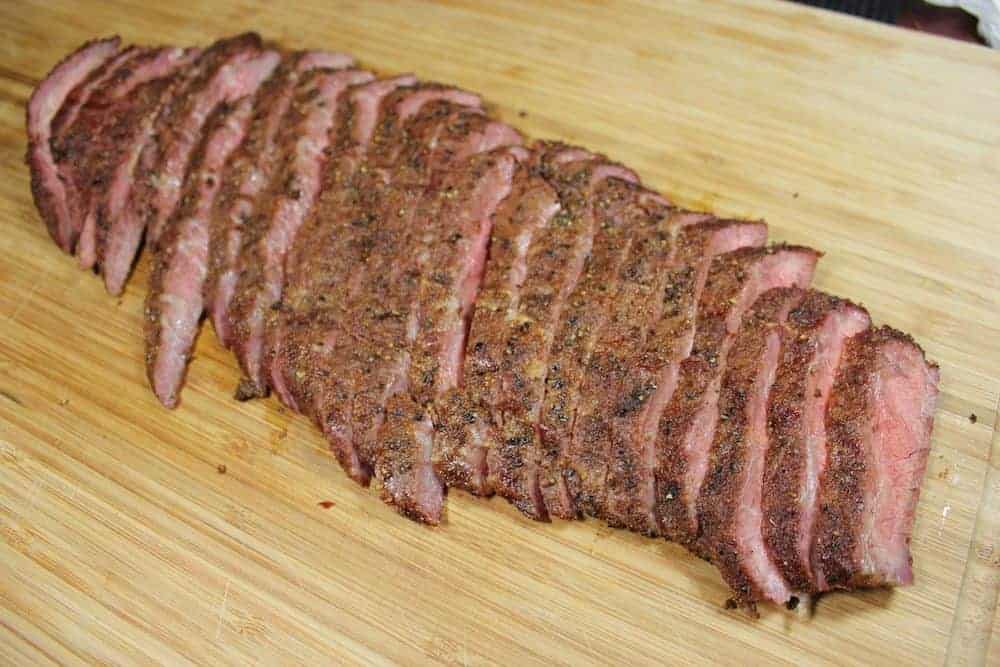

Unfortunately, it is not a popular beef cut and can be hard to find.įlat iron steak has tough connective tissue running through it that’s typically removed by the butcher. Unsubscribe at any time.ĭue to its delicious flavor and low price point, I’d say flat iron is better than strip steak. Just grill or pan-roast until it's as done as you like it.We won't send you spam. However, there is no real reason to use a sous vide precision technique if you like your steak well-done. Well-done sous vide steak (156☏/69☌+): I get it.If you must have your meat cooked medium-well, I suggest using very rich cuts, like short rib, skirt steak, or hanger, which suffer less than finely textured cuts, like ribeye, strip, or tenderloin.

At this point, you've lost nearly six times as much juice as a rare steak, and the meat has a distinctly cottony, grainy texture that no amount of excess lubricating fat can disguise.

I recommend medium-rare for all types of steaks, though steaks particularly high in fat benefit from being taken closer to medium. Medium-rare steaks have a cleaner bite to them: Instead of muscle fibrils mushing and slipping past each other, as they do with very rare steaks, they cut more easily between your teeth. You lose a bit of juice due to this tightening, but what you lose in juice, you gain in tenderness. Medium-rare (129☏/54☌): Your steak is still nice and red, but muscle proteins have begun to tighten and firm up.I recommend cooking only very lean, tender cuts, like tenderloin, to rare.

Fat has not yet started to render, so fattier cuts will have a waxy texture. Chewier cuts, like hanger or flap meat, will be particularly tough at this stage. Muscle proteins have not started to contract much and will have a slippery, wet texture.


 0 kommentar(er)
0 kommentar(er)
